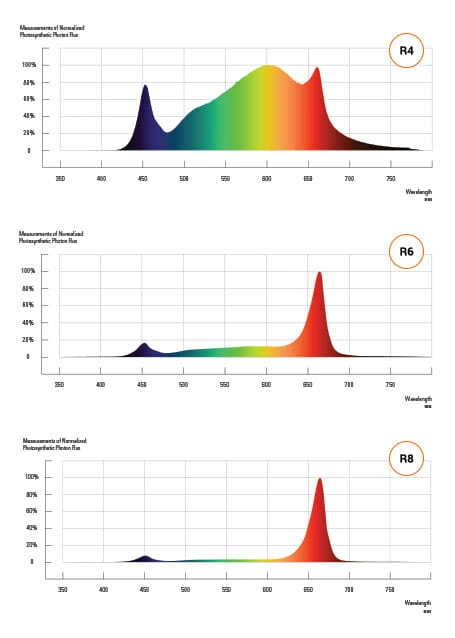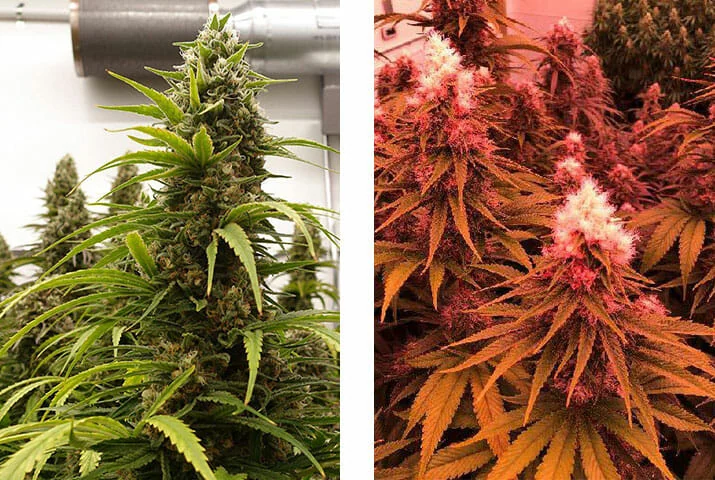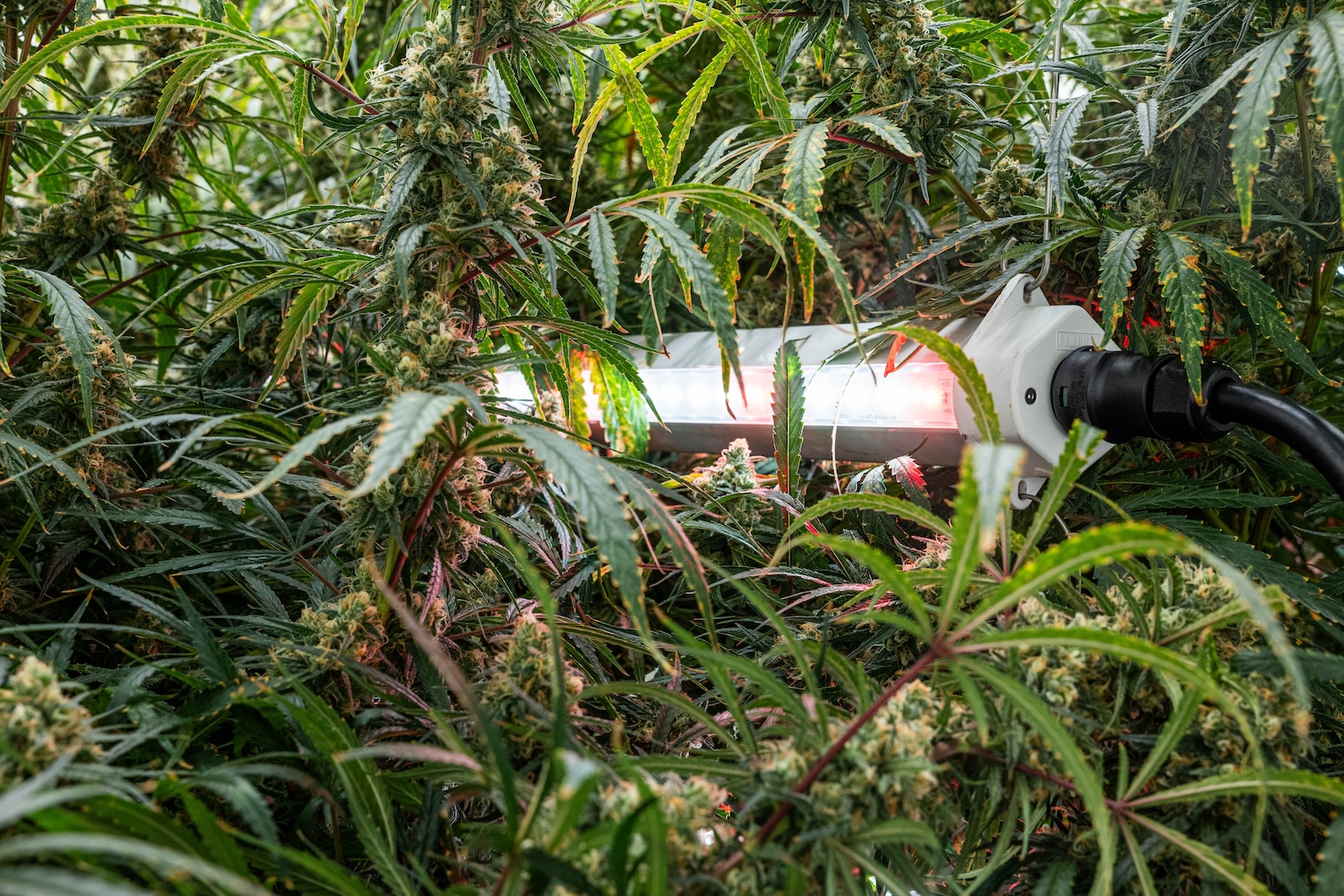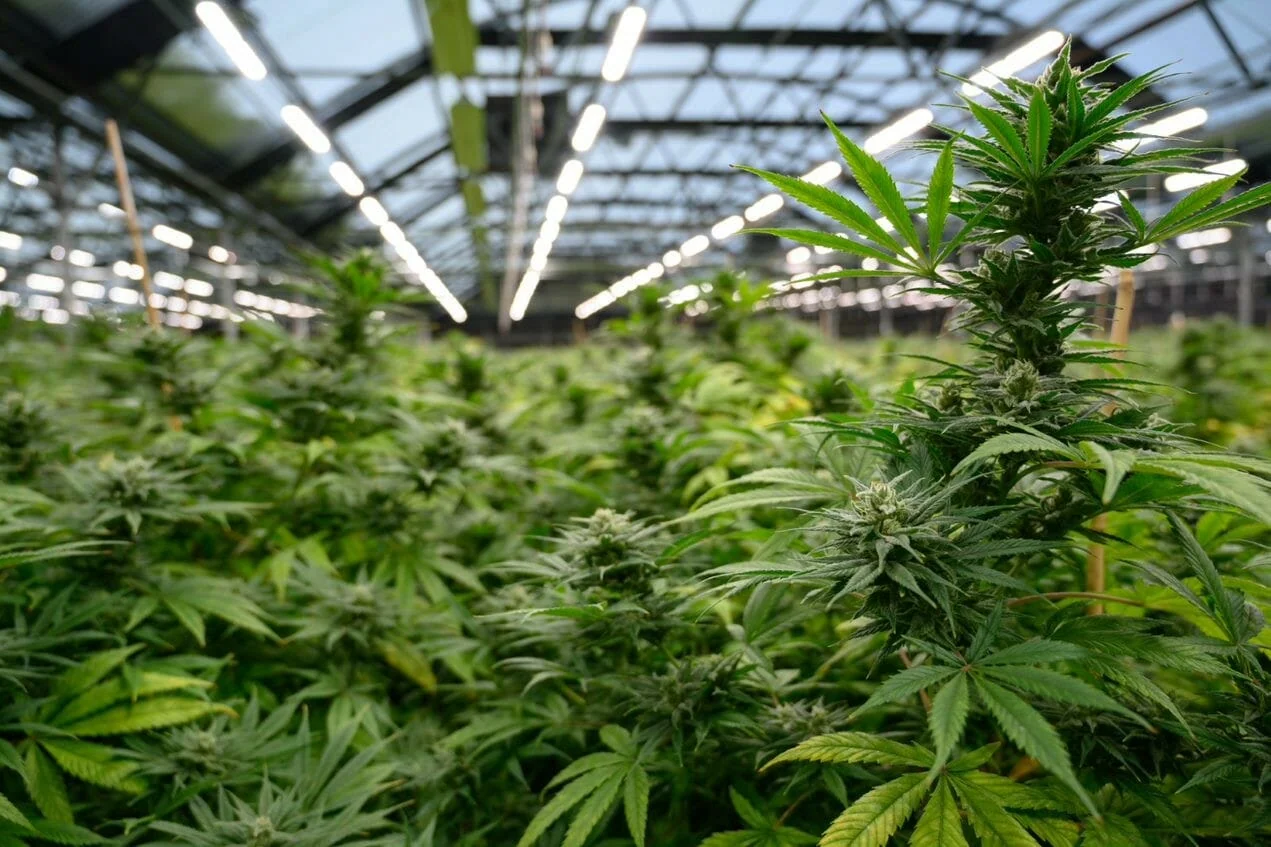Researchers, scientists and cultivators have long-sought to understand cannabis’s intricate production process. But despite its growing popularity and the rise in medical and recreational legalization throughout the world, there is limited scientific literature to guide cannabis’s commercialization.
Cannabis is a unique plant to study across multiple parameters. Fluence’s global research team has conducted numerous experiments to explore the crop’s photobiological response in greenhouse and indoor sole-source lighting environments. Early observations in research and commercial settings have indicated the cannabis plant’s unique ability to utilize a tremendous amount of light. As the industry collectively learns more about the plant’s response to spectra, it becomes increasingly clear that light quality plays a critical role in plant morphology and chemistry.
In partnership with Texas Original Compassionate Cultivation (TOCC), Fluence executed a study evaluating the influence of three different spectra on three different types of cannabis grown in high-bay indoor environments.
The Experiment
The study evaluated the impact of light spectra on bud quality and yield for high-THC (Type I), balanced THC and CBD (Type II) and low-THC (Type III) strains and their response to broad-spectrum R4, R6 and R8 spectra under high PPFD.
Spectra charts (Figure 1)

Experiment design (Figure 2)

Three spectral treatments were deployed in 3 zones in the same room, represented by the three different colors in the figure. The treatment positions were rotated with each replicate.
Contact us now to determine the right light spectra for you.
Results + Analysis
Yield
Broad-spectrum R4 generated the most dehydrated bud mass per plant. In Type I cannabis, broad R4 generated 17 percent higher yields than R6.

Morphology
A higher percentage of red light-induced photobleaching, severely reducing the market value of what would normally be considered a highest-value, premium product in the recreational market

The first photo showcases the plant under white light to emphasize the impact of photobleaching. Plants in the second photo grown under R8 treatment.
Key Takeaway: In a high-PPFD indoor environment, researchers noted up to a 17% increase in bud yield with broad-spectrum R4 than other light treatments.
“With the variety of spectra offerings on the market for LED lights, it was crucial for us to test the impact of these spectra on cannabis plant production to ensure we were deploying the right light for our cultivation and business goals. By collaborating with Fluence we were able to run a reputable study for us to make decisions based on data.”
Jason Sanders, Cultivation Manager, Texas Original Compassionate Cultivation
Fluence’s trials at TOCC showed R4 consistently produced higher yields while maintaining consistent plant morphology. Under spectra with higher percentages of red light—in particular R8—Fluence observed a notable increase in photobleaching, which inhibits growth.
The results from Fluence’s research at TOCC reinforce the benefits of high PPFD broad-spectrum lighting strategies for cannabis production. To learn more about our collaborative trial or to get in touch with Fluence, Contact us here.

Fluence Research
The Fluence research team conducts global trials through partnerships with leading researchers in cannabis production throughout the world while also conducting research in-house at the company’s Photobiology and Research Lab in Austin, Texas. Fluence partners with industry consultants to advise on the commercial viability of the team’s research trials while concurrently proving our lighting solutions at commercial scale through grower case studies led by Fluence’s horticultural services team.

Research Partner
Texas Original Compassionate Cultivation (TOCC) is the leading licensed medical marijuana producer in Texas, working alongside physicians to provide the highest quality cannabis medicine to patients and families seeking relief across the state. As fellow Texans, we are dedicated to representing the integrity of this great state with our commitment to quality, consistency and purity in every product we produce. We remain committed to advancing safe, legal access to this powerful medicine. TOCC is headquartered in Austin, with delivery throughout the entire state. For more information, visit


